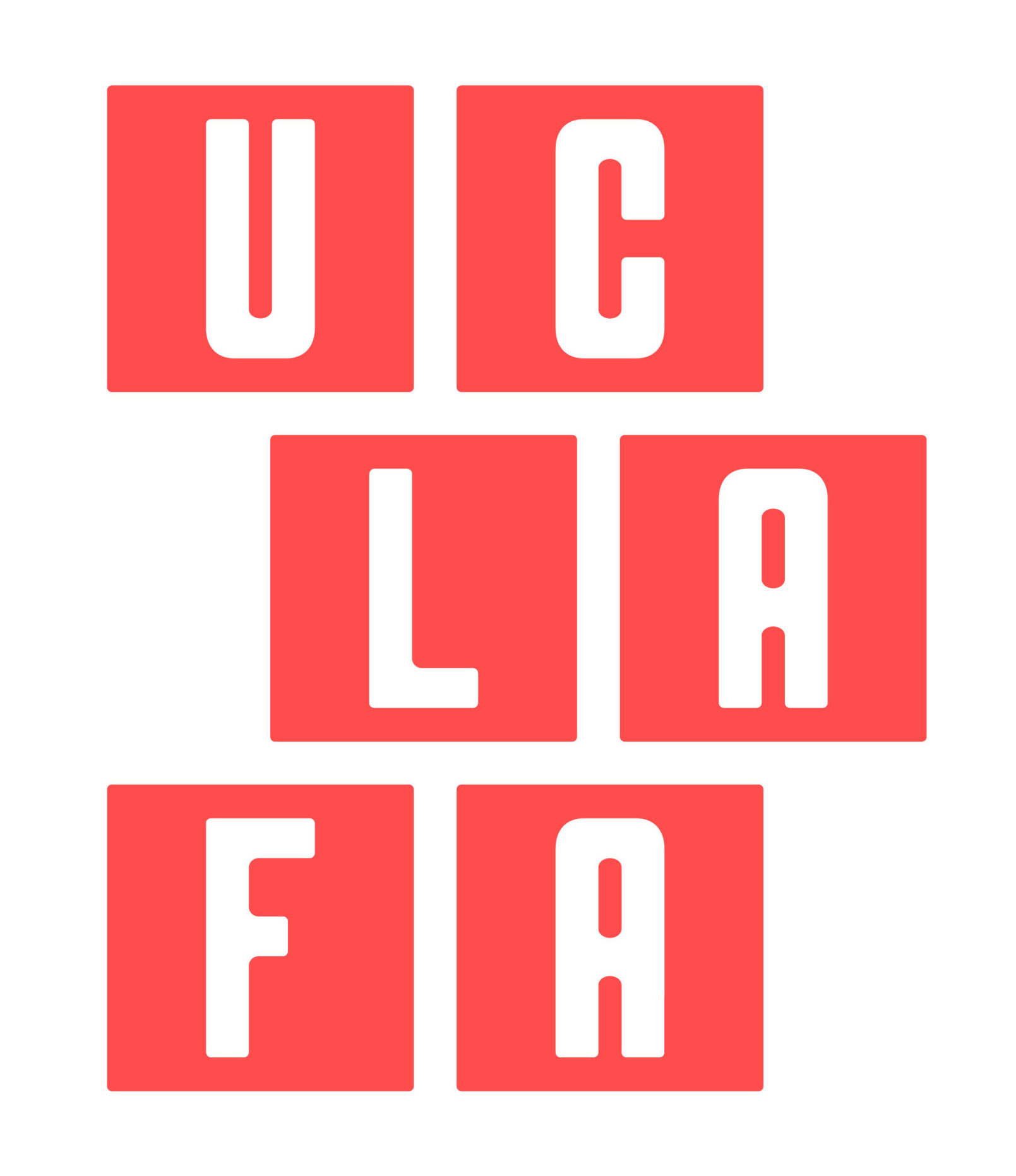SF Chronicle Account of PEB Report
 The news item below on the Post-Employment Benefits Task Force report is more extensive than most. It does, however, omit discussion of the $2-for-$1 problem, i.e., the fact that roughly two dollars out of three collected for the pension come from non-state sources and cannot be collected retroactively.
The news item below on the Post-Employment Benefits Task Force report is more extensive than most. It does, however, omit discussion of the $2-for-$1 problem, i.e., the fact that roughly two dollars out of three collected for the pension come from non-state sources and cannot be collected retroactively.
Contentious plan for sagging UC pension fund (excerpts)
Nanette Asimov, San Francisco Chronicle, September 10, 2010
A tidal wave of unfunded retirement obligations that could top $40 billion in four years is washing over the University of California, forcing employees to pay far more for those benefits and threatening students with the possibility of more tuition hikes and years of austerity.
Now a UC task force has released a set of recommendations, to be evaluated throughout the fall, intended to help the university gain control over its vast retirement problem over the next 30 years.
At the same time, employees who cut the grass, serve the food and perform other essential but low-paying jobs throughout the university system say the new proposals will ensure only that UC’s rich get richer, and its poor get poorer. They point out that the proposals would let thousands of highly paid employees keep their current retirement benefits while slashing their own.
They also point to a particular recommendation that would improve the pension benefits of the 250 top-paid employees, using a federal waiver that UC recently won after a 10-year beef with the Internal Revenue Service. …
More or less
For the most part, the task force recommendations would save money in two ways. Highly paid employees would have to pay more for the benefits they have now. Lower-wage workers would see reduced benefits, but the university says Social Security can make up most of the difference. …
“Social Security is a legitimate and predictable form of income, so it seems not unreasonable to count that,” said UC Provost Lawrence Pitts, chairman of the task force, created in 2009.
Pitts also said that in exchange for retaining benefits, highly paid employees would eventually contribute more to the pension fund – up to 7.7 percent of their paycheck – than low-wage workers. This would happen after 2013, if the regents approve the recommendations. Most employees pay 2 percent of their salary toward retirement.
The UC regents are expected to approve an interim increase for all employees at their meeting in San Francisco next week. It would raise the employee contribution to 3.5 percent beginning in July 2011, and to 5 percent in July 2012.
Regents to consider
But the regents won’t consider the full range of recommendations from the task force until November, after UC President Mark Yudof distills them into a single plan.
The recommendations for reforming UC’s pension and retiree health system come from 30 UC professors, chancellors, executives and staff members. Seven dissented, saying the impact on compensation would be severe enough to prevent UC from attracting top-tier faculty. …
It wasn’t always that way. In the early 1990s, the retirement fund was so well-funded that UC stopped paying into it altogether. They’re kicking themselves now. “The total cessation of contributions, which seemed desirable at the time for a variety of reasons, has created a serious problem today,” says the task force report. …
Sweet deal
Meanwhile, union members and faculty alike object to what they consider a sweet retirement deal being proposed for the highest paid UC employees. It would let about 250 UC employees take their pension as a percentage of $360,000 instead of the federal limit of $245,000. … UC won a waiver of the federal salary cap from the IRS more than a year ago – about 10 years after the regents first asked for it, said Pitts, whose task force is recommending the expanded pension benefits.
The full article is at http://www.sfgate.com/cgi-bin/article.cgi?file=/c/a/2010/09/10/MNHB1F8ENT.DTL
Note: Despite a major explosion in the San Francisco area that dominated the local news, the UC pension issue made the front page of the Chronicle. See https://docs.google.com/leaf?id=0BzVLYPK7QI_4YzM3MDI4MTEtMGVmYS00ZWNlLTkzZTItOGIzYzdkOWQ0OTY0&hl=en&authkey=CLL6us4K

